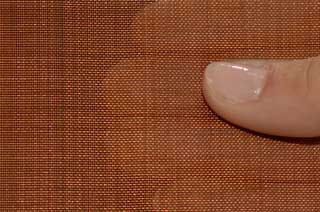CLEANING UP BROKEN GLASS:
- Clear the room of pets or small children.
- Wear a heavy long-sleeve shirt to protect your arms.
- Use heavy gloves to remove & discard large loose pieces of glass.
- Do not attempt to pull out large pieces that are still attached.
- Clean up small pieces and fragments with a shop vacuum or broom & dustpan.
TRANSPORTING GLASS TO ATKINSON’S FOR REPAIR:
- If you’re transporting a window sash, insulated unit, storm frame, or other item with broken glass in it, use packing or duct tape to secure loose pieces.
- Do not attempt pull out any pieces that are still attached!
- If you are able, place the pieces you’re bringing into a cardboard box for transport. You can also use cardboard, towels, or other sturdy material to wrap the pieces.
- Bring any & all pieces/parts you find, even if you’re not sure what they are.
- Don’t assume your glass or window is a “standard” size. Very little is “standard” in the glass business.
GETTING YOUR NEW / REPAIRED GLASS HOME SAFELY:
- MEASURE your vehicle carefully & thoroughly to be sure your glass will fit. It is difficult to accurately “eyeball” glass size. THIS IS VERY IMPORTANT!
- SUPPORT: Glass should ideally be transported on edge, with plenty of side support to make sure it stays upright. If it is to be transported laying flat, be sure you provide adequate support under its entire surface. A piece of plywood cut to the size of the glass is an ideal form of support.
- HAZARDS: Remove all objects from the area your glass will be placed during transportation. Metal, stone, and other hard objects and surfaces should be removed from the area.
- PETS: It’s best to leave pets at home when picking up glass. Their excitement about your new purchase may be understandable, but their safety is important, and claws can scratch new glass.
- DELIVERY: If you don’t feel comfortable transporting your glass, please consider having us deliver it for you. The extra cost may be well worth the peace of mind! — Contact us for help.

